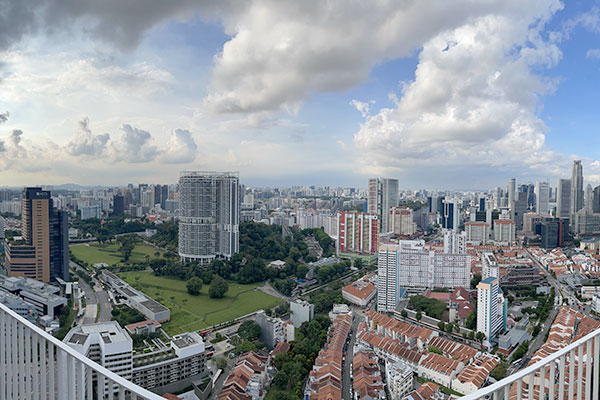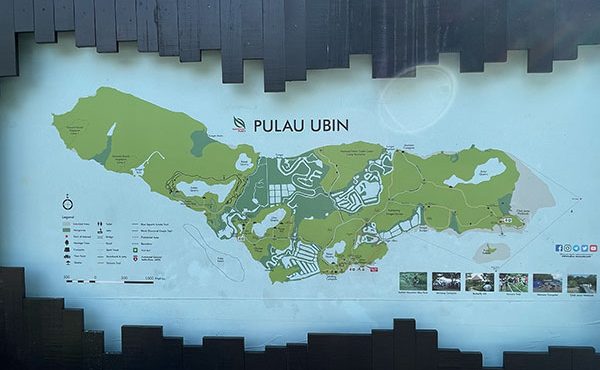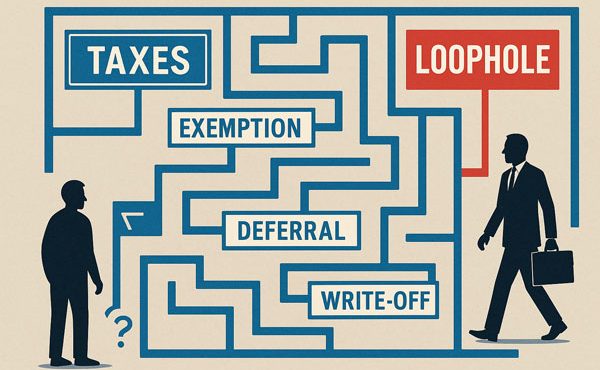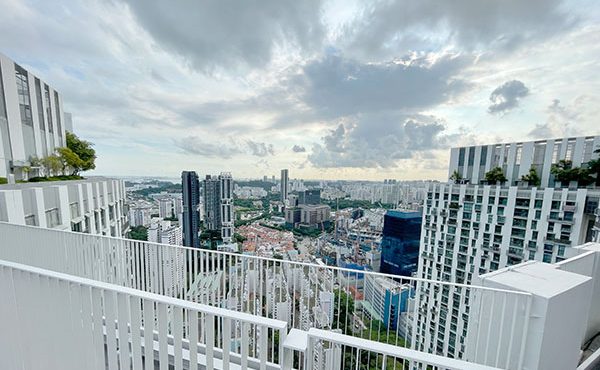
In the closing days of our field school, we sat around a modest table in a conference room overlooking the city skyline. It was our final debrief, and the conversation had turned to the future of planning. The usual phrases made their rounds: “climate resilience,” “equity,” “smart cities.” But it was the word “health” that lingered. Not healthcare. Not hospitals. But health in the broader sense—well-being as a function of the built environment.
It felt fitting, then, that one of our final presentations came from Data Driven Urban Planner, Namita Dinesh, and her team at the Nippon Koei (NK)—a subsidiary of Integrated Design & Engineering (ID&E). Their “Healthy City Playbook” offered a striking vision: a Singapore that not only planned for growth and efficiency, but also for physical and mental well-being, for aging with dignity, and for thriving in place.
At first glance, the Playbook is a sleek package of data visualizations and analytical models. It maps everything from amenity gaps to urban heat islands, cross-referencing demographic trends and land use patterns to produce precise, neighbourhood-level insights. But beneath the quantitative muscle lies something more provocative: a recalibration of what cities are for.
Singapore, the team reminded us, will be a super-aged society by 2030. One in four residents will be over 65. This demographic shift, coupled with rising rates of chronic illness, demands a rethinking of urban infrastructure. Not just more hospitals, but better parks, shaded paths, accessible transit, social hubs, and healthier food environments.
Using predictive modelling, the team identifies areas where amenity gaps are likely to widen as the population ages. It then proposes targeted interventions: a new park in Bukit Merah, where green space is limited but senior density is high; more benches and shade structures in Serangoon, where older adults walk long distances to reach bus stops.
But the Playbook doesn’t stop at design. It integrates a behavioural science layer, leveraging a mobile app developed in partnership with Singapore’s Land Transportation Authority (LTA) and powered by NK’s data platform. The app doesn’t dictate choices; it nudges them. Based on user profiles—eco-conscious, cost-conscious, health-conscious, time-conscious—it offers personalized suggestions: take this shaded walking route, try this Park & Ride facility, consider cycling today.
It feels both elegant and mildly unsettling. On one hand, it’s hard not to admire the precision. On the other, it raises questions about agency. Is nudging still voluntary when it becomes ambient? How do we balance data-driven design with the unpredictability of human desire?
Yet Singapore seems uniquely positioned to walk this line. Its centralized governance, comprehensive data systems, and culture of trust in institutions create fertile ground for such innovations. In North America, the same tools might spark privacy lawsuits or political outcry. In Singapore, they become part of a larger choreography: a city-state using every lever—policy, design, technology, psychology—to engineer a livable future.
What struck many the most wasn’t the dashboards or algorithms, but the moral clarity of the project. It assumed that health is a public good. That walkability is not a luxury. That access to nature is a right, not a perk.
It was planning as care, not as optimization.
In this sense, the Playbook is not just a technical document. It is a provocation. It asks whether urbanism can be more than efficient—whether it can be humane. And it reminds us that in a world of cascading crises, from climate to loneliness, the city must be both shield and salve.
As we left the presentation, someone asked whether the Playbook could be replicated in Canada. The answer, as always, is “it depends.” It depends on governance structures, data availability, and cultural attitudes toward surveillance and authority. But more than anything, it depends on political will.
Singapore’s model is not perfect. But in its embrace of planning as a public duty—as something that must account for health, equity, and the everyday lives of people—it offers lessons we can’t afford to ignore.
The future of livability may not lie in universal solutions. But it might lie in this: a commitment to design not just for movement, but for rest; not just for productivity, but for joy; not just for today, but for a dignified tomorrow.
And that, perhaps, is the true heart of a healthy city.
***
All pieces in The Singapore Chronicles:
- Part 1 – Introduction: The Paradoxical City
- Part 2 – Singapore’s Urban History in Four Acts
- Part 3 – The Politics of Preservation
- Part 4 – Housing the Nation
- Part 5 – Memory in the Margins
- Part 6 – Designing for Urban Health
- Part 7 – Conclusion
- Part 8 – Divergent Models: Singapore, Barcelona, Vancouver
***
Erick Villagomez is the Editor-in-Chief at Spacing Vancouver and teaches at UBC’s School of Community and Regional Planning. He is also the author of The Laws of Settlements: 54 Laws Underlying Settlements Across Scale and Culture.




